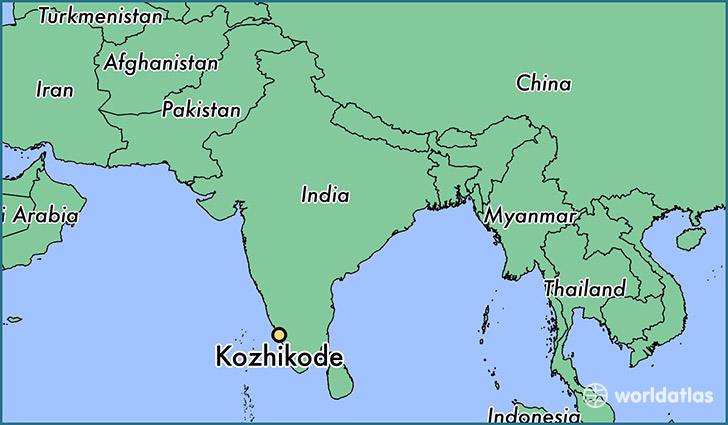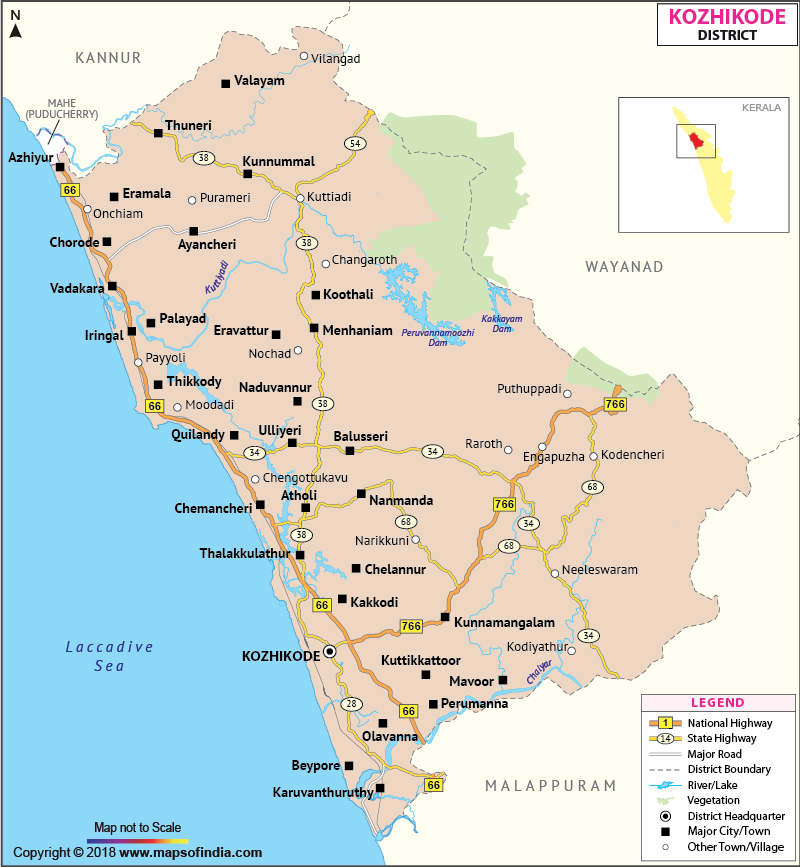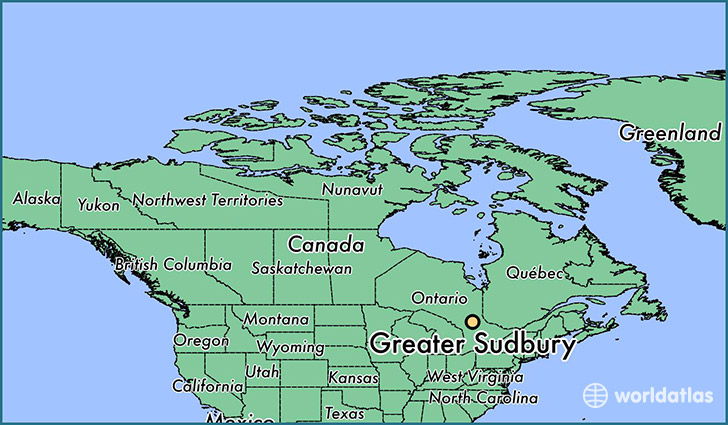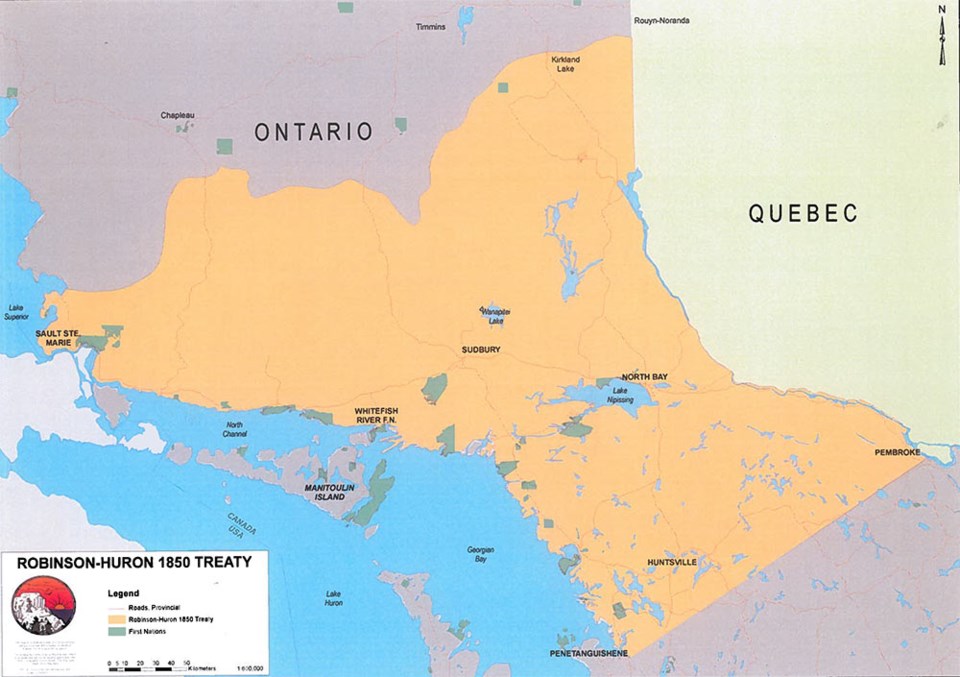നമസ്കാരം
Hi Everyone
Lets start with Calicut, the Cultural city of Kerala, South India

ആളുകളെന്നെ അലോഷൃസ് എന്നു വിളിക്കുന്നു
People call me Aloysius
കോഴിക്കോടാണ് എന്നെ ഞാനാക്കി മാറ്റിയത്
Calicut(Kozhikode) had shaped me, who I am.
I finished my graduation at Calicut, which is well known for the food and cinema culture in Kerala, the God’s own country

Calicut Land Territory Formation
Calicut has undergone through various stages throughout many periods.
- During classical antiquity and the Middle Ages, Kozhikode was dubbed the “City of Spices” for its role as the major trading point of Eastern spices. It was the capital of an independent kingdom ruled by the Samoothiris(Zamorins) in the Middle Ages and later the capital of the erstwhile Malabar district under British rule.
- Portuguese explorer Vasco da Gama dropped anchor at Kozhikode on 20 May 1498, thus opening a trade route between Europe and Malabar. A Portuguese factory and fort functioned in Kozhikode for a short period (1511–1525, until the Fall of Calicut)
- The English landed in 1615 (constructing a trading post in 1665), followed by the French (1698) and the Dutch (1752). In 1765, Mysore captured Kozhikode as part of its occupation of the Malabar Coast.
- The city also witnessed several movements as part of the struggle for Indian independence from the British. Kozhikode was part of Madras Presidency at that time.
- After Indian Independence in 1947, Madras Presidency was renamed the Madras State. In 1956 when the Indian states were reorganized along linguistic lines, Malabar District was combined with the state of Travancore- Cochin to form the new state of Kerala on 1 November 1956 under State Reorganization Act of 1956.
- Calicut was formed under political interests. It is land which belongs to the government of Kerala under the State Reorganization Act of 1956.
Link to State Reorganization Act 1956 is below:
https://legislative.gov.in/sites/default/files/A1956-37.pdf


Points to know about Kozhikode(Calicut)
- Calicut is well-known for its historical significance. Vasco da Gama landed on Kappad beach in 1498.

Personal Reflection : I used to go places like Kappad beach in Calicut during my graduation period. There are many memoirs of history in Calicut. I spent time there walking and thinking while seeing the inscriptions in the walls.
https://www.triphobo.com/places/calicut-india/things-to-do/historical

- Calicut is the land of indigenous warrior folktales, such as Zamorins. The links below provides the description about Zamorins.
https://www.livehistoryindia.com/cover-story/2020/12/20/zamorins-of-calicut
Personal Reflection: I heard a lot of stories about Zamorins from their followers. Some of my colleagues used to do research on their reign and policies.
- The food culture in the city is so amazing. The culinary culture of the city has been shaped by Portuguese, Dutch, French, British, Arab and other Indian influence. It offers both veg and non veg dishes in great variety.

https://www.onmanorama.com/food/features/2019/01/08/kozhikode-food-fusion-of-culture-history.html
Personal Reflection: I am a foodie. I enjoy great amount of food consumption. I used to hangout with friends in various restaurants talking about politics, literature and movies in the weekends. I could say that for someone who loves to try different food styles, Calicut city is best place in Kerala.
- Calicut is the land of literature festivals and movie geeks

The official Facebook page of KLF
https://www.facebook.com/keralaliteraturefestival
The official website of KLF
Calicut is land of many prominent writers in Malayalam literature such as S. K. Pottekkatt. Famous writers like Vaikom Muhammad Basheer and M. T. Vasudevan Nair spend most of their time in Calicut.
Personal Reflection: As a literature student, I used to go to literature festivals foe meeting many literature geeks. Its’s fun to meet everyone on the shore of Calicut Beach. Evenings are the best with Cultural Music. I used to watch a lot of movies in weekends.
Sudbury, Ontario, Canada

Sudbury(Greater Sudbury) is a place I would like to visit in the future. Some of my friends reside there. They say that it is a nice place to visit. There is a science museum there called Science North and its part called Dynamic earth that I like to visit. I would like to invest in some business in Sudbury in the future supporting my friends. Windy lake is another place I would like to go.

Atikamesksheng Anishnawbek Territory
The Greater Sudbury area is situated on the traditional territory of the Atikameksheng Anishnawbek. Atikameksheng Anishnawbek were formerly known as Whitefish lake first nation. Like many traditional territories, Atikameksheng has its own stories related to the land and environment that existed long before the arrival of settlers to this area. Atikameksheng Anishnawbek are descendants of the Ojibway, Algonquin and Odawa Nations
They had their own system of governance, their own educational systems, their own stories, their own ways of knowing and being and their own ways of relating to the land around them and to the Anishnawbek from surrounding traditional territories.
/https://www.thestar.com/content/dam/thestar/news/canada/2014/09/09/land_deal_with_ontarios_ojibway_still_in_contention_after_164_years/narobinsontreaty9.jpg)
Robinson-Huron Treaty of 1850
In 1850, Chief Shawenekezhik, on behalf of the Atikameksheng Anishnawbek, signed the Robinson-Huron Treaty( part of Robinson Treaty), granting the British Crown and their people (Royal Subjects) a right to occupy and share the lands of the Anishnawbek
The Anishnawbek have a special relationship to the land that can be difficult for non-Indiegnous people to understand.
The following excerpt from an Interview with Art Petahtegoose from Atikameksheng Anishnawbek describes the relationship between the Anishnewbek and land including animal and plant life:
At the time when the white man came, was a time when the mind of the Anishnawbek was knowing that language carries within it what the people were living. When we take a look at gift giving and we go out to harvest the moose, go out to harvest the bear, go out to harvest the berries, and go out to harvest the fish, the animal and the berry in being harvested one must not view it as one being more important than the other and that is what you see in the living Anishinabe people. If you’re going to go out to harvest berries there is a need to give tobacco, there is a need to give medicine in return for the taking of that life. When you are looking at land as being a form of life, and look at concepts of death, we really don’t see death we see life giving life. My life is coming from that fish, my life is coming from that plant, my life is coming from that water, so that object is carrying life within it which is able to nurture me
(Art Petahtegoose, personal communication 2018).
http://www.anishinabek.ca/wp-content/uploads/2016/06/Robinson-Huron-Treaty-Rights.pdf
Transcript of Robinson-Huron Treaty 1850
http://www.hubtrail.com/wp-content/uploads/2015/02/Robinson-Huron-Treaty.pdf
Robinson-Huron Treaty (RHT) contained a schedule of reserves, hunting and fishing rights that lasted until the lands were taken up for settlement or development, a one-time payment of £2000, and an annum (annual payment or annuity) of £600($4.00 per person annually). Treaty contained an “escalator clause” for the annuity, which meant that the Crown would increase the annuity as revenues from the lands increased.
Under these terms the Anishinaabeg surrendered Eastern and Northern Shores of Lake Huron, from Penetanguishene to Sault Ste. Marie, and thence to Balchewanaung Bay, on the Northern Shore of Lake Superior; together with the Islands in the said Lakes, opposite to the Shores thereof, and inland to the Height of land which separates the Territory covered by the charter of the Honorable Hudson Bay Company from Canada; as well as all unconceded lands within the limits of Canada West to which they have any just claim.
The early relationships between Indigenous peoples and the settlers is described by McGregor (1999) in his book “Wiigwaaskingaa.” Fur trade in the interior areas covered in south-central Ontario resulted from the competition between the French and English fur trading companies. By the 1830s, the fur trade was on the wane and was replaced by the timber industry. The villagers began to cut trees for the lumber company. This significantly changed the landscape. At one time, the island was covered with huge birch trees and as time progressed there were fewer trees on the north end of the island. The signing of the Robinson-Huron Treaty once again promoted a move for the people of Wiigwaaskingaa. The villagers were moved to a tract of land (reserve) between two rivers – Whitefish River and Wanabitaseke. In 1906, the community was moved one final time to its present location.
In the Robinson Treaties, the Crown promised that Aboriginal peoples could hunt and fish throughout the ceded territory “as they have heretofore been in the habit of doing.” This promise, the first of its kind in an Aboriginal treaty, was made, Robinson explained, so that Aboriginal peoples could not make future claims in return for loss of “their usual means of support.” These words go far to capture the nature of the tradeoffs in this and many subsequent treaties. Our people agree to open the largest part of their ancestral lands for non-Indian settlement in return for security of land tenure in a smaller area or areas.
Orange color indicates the areas covered by Robinson – Huron Treaty of 1850

The advocacy body for Robinson Huron Treaty signatories is looking to resolve a series of long-standing issues surrounding the overlapping of treaty boundaries with other treaty organizations and rights holders in Ontario. Robinson Huron Waawiindaamaagewin (RHW) says the latest round of funding received through the federal government’s Nation Rebuilding Program will enable it to carry out geographic information system (GIS) mapping of its treaty boundaries with its own GIS specialist, and support ongoing work in the development of protocols aimed at addressing unresolved boundary issues with other groups. A total of 10 Indigenous groups in Ontario received just over $4 million in funds through the five-year, $100 million program, which was introduced by the federal government in 2018 to facilitate activities projects related to nation building.
One of the biggest issues that we have in the treaty territory is the overlapping boundary of our treaty organizations, other rights holders within the northeastern Ontario area. We’ve taken on a strategy to begin to sit down with our brother First Nations, to begin to develop protocols around overlapping usage. This is all about the hunting, fishing, trapping territory that is guaranteed by treaty – protected by treaty – and so now, we’re hoping to end up with a common understanding with those groups. A part of the understanding, of course, is the Canadian constitution recognition of Métis rights within Robinson Huron Treaty territory
Earl Commanda, executive director for RHW
Atikameksheng Anishnawbek
Indigenous peoples viewed treaties as solemn pacts that laid the foundation for future relationships between nations, whereas the government viewed treaties as a means to legally acquire lands for settlement, mining and railways (Goldi Productions Ltd., 2007)
Indigenous people have a special relationship to the land, Mother Earth. Indigenous spirituality is centered around that relationship with all of Creation and understanding their place within the world. The land is not something that can be owned; rather it is something that must be cared for so that it can continue to sustain humanity. Indigenous people understand that life is a gift, therefore it makes no sense for anyone to claim ownership over any part of Creation
McKay , 1992. Engelstad & Bird
In contrast to indigenous people, non-indigenous people view land as something that can be owned and controlled. The land is there to be farmed, mined, and exploited for its resources. There is no thought given to the need to care for the earth so that it can provide for future generations.
Local Indigenous Organizations
N’Swakamok Native Friendship Centre
http://www.nfcsudbury.org/home.htm
Aboriginal Peoples Alliance Northern On
Native People of Sudbury Development Corporation
https://www.facebook.com/nativehousingsudbury/
Indigenous Sharing and Learning Centre
https://www.facebook.com/Indigenous-Sharing-And-Learning-Centre-311340762547143/
In 2017-2018, hearings were held in Sudbury, Ontario, over the annuity payments with respect to the Robinson-Huron Treaty. Each year on “Treaty Day,” descendants of the original signatories to the Robinson-Huron Treaty line-up to receive their treaty payments of $4.00 (the same amount of money that was issued in 1850) (Toulouse, 2018). The amount of treaty payments has not increased in 167 years, however the revenue generated through resource extraction in mining alone is much greater. This raises the concern that if Indigenous communities were properly compensated for allowing the government to use the resources that come from the land, then there would be funds that could be allocated towards health, social, and economic services that could help alleviate the poor conditions in existence in their communities.
Reflection: Indigenous people are so important to a nation. But often, they are ignored by the governments. there should be significant approaches and movements in order to save their rights in the changing atmosphere of Canada. Immigrants are rising day-by-day and enjoying privileges as the indigenous people do.
Works Cited
Canadian Encyclopedia
https://thecanadianencyclopedia.ca/en/article/robinson-treaties-of-1850
Historical, Traditional, and Cultural Significance of the Lands Encompassing the District of Greater Sudbury and Area
White Fish River First Nation
Robinson Huron Waawiindaamaagewin to tackle unresolved treaty boundary issues
SUDBURY CHAPTER IN SOLIDARITY WITH THE ATIKAMEKSHENG ANISHNAWBEK FIRST NATION
https://canadians.org/analysis/sudbury-chapter-solidarity-atikameksheng-anishnawbek-first-nation
Robinson Treaties and Douglas Treaties (1850-1854)
https://www.rcaanc-cirnac.gc.ca/eng/1360945974712/1544619909155

Leave a Reply